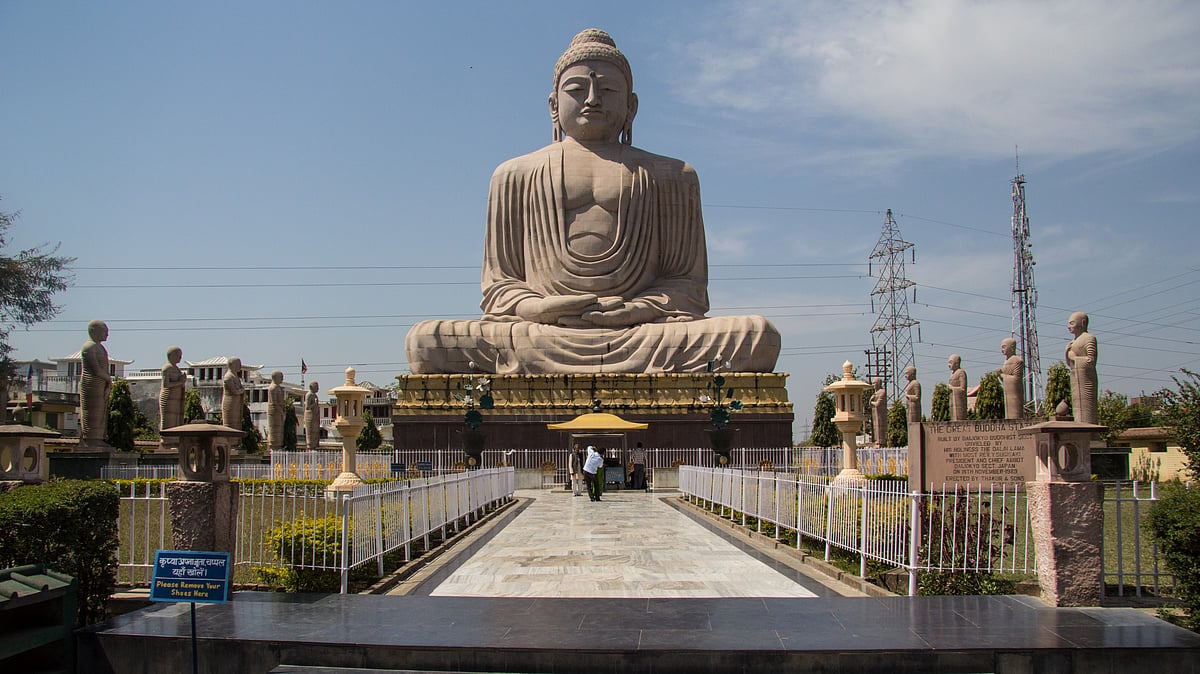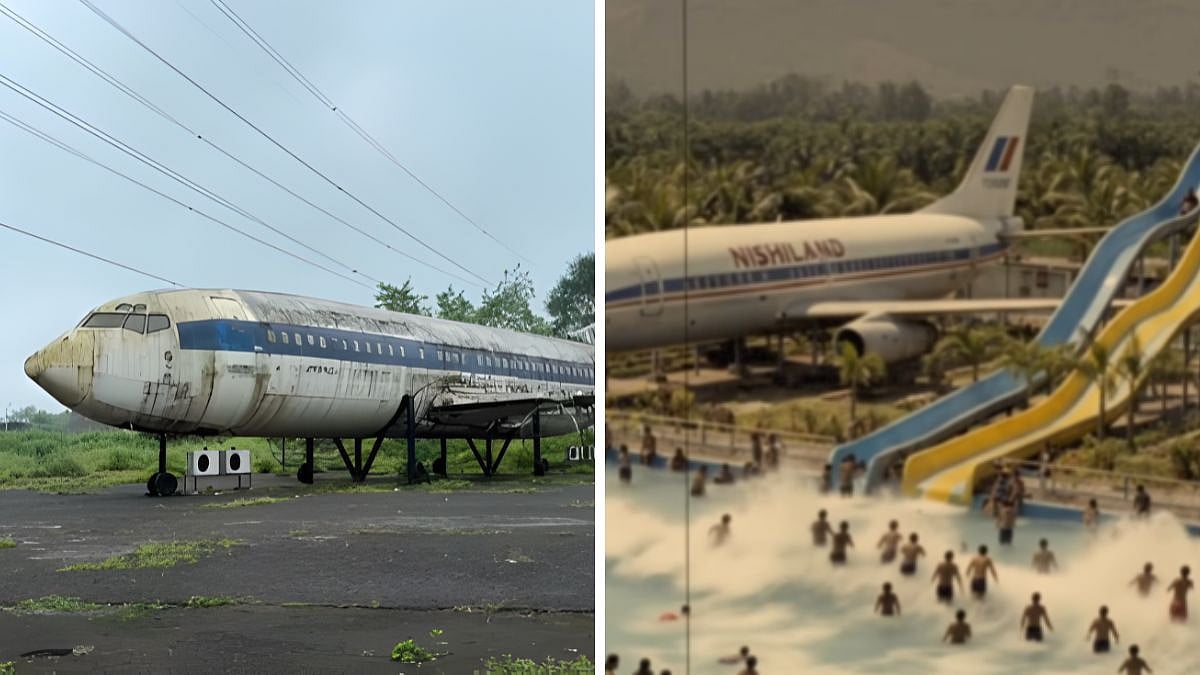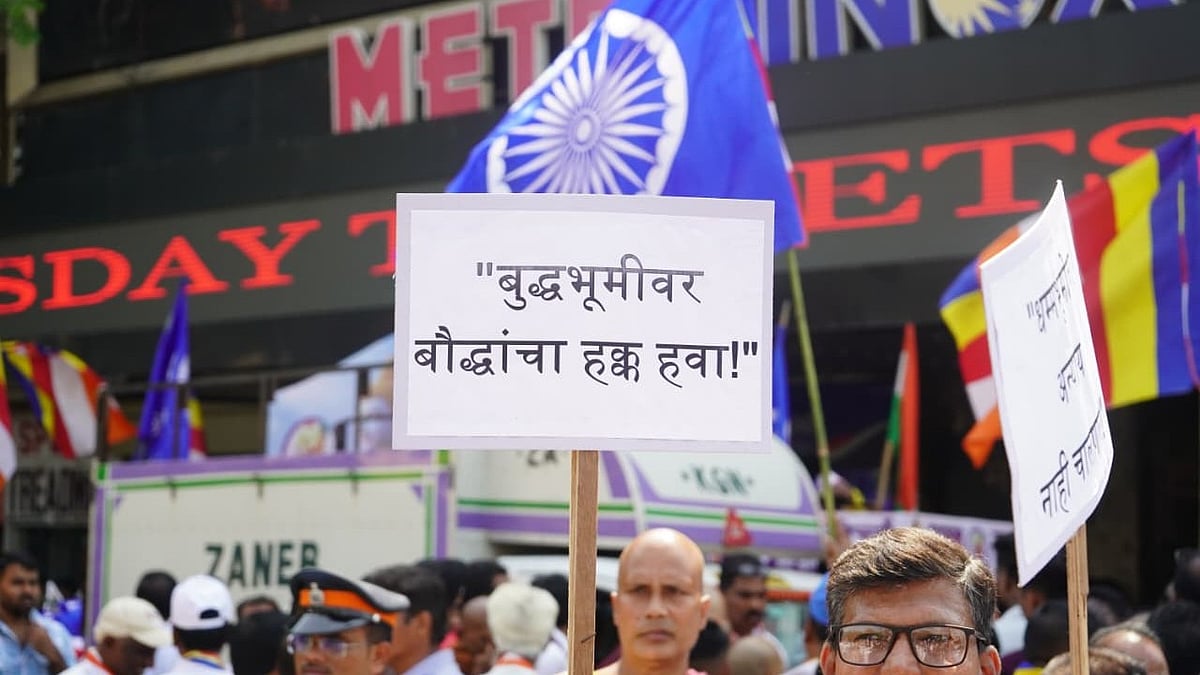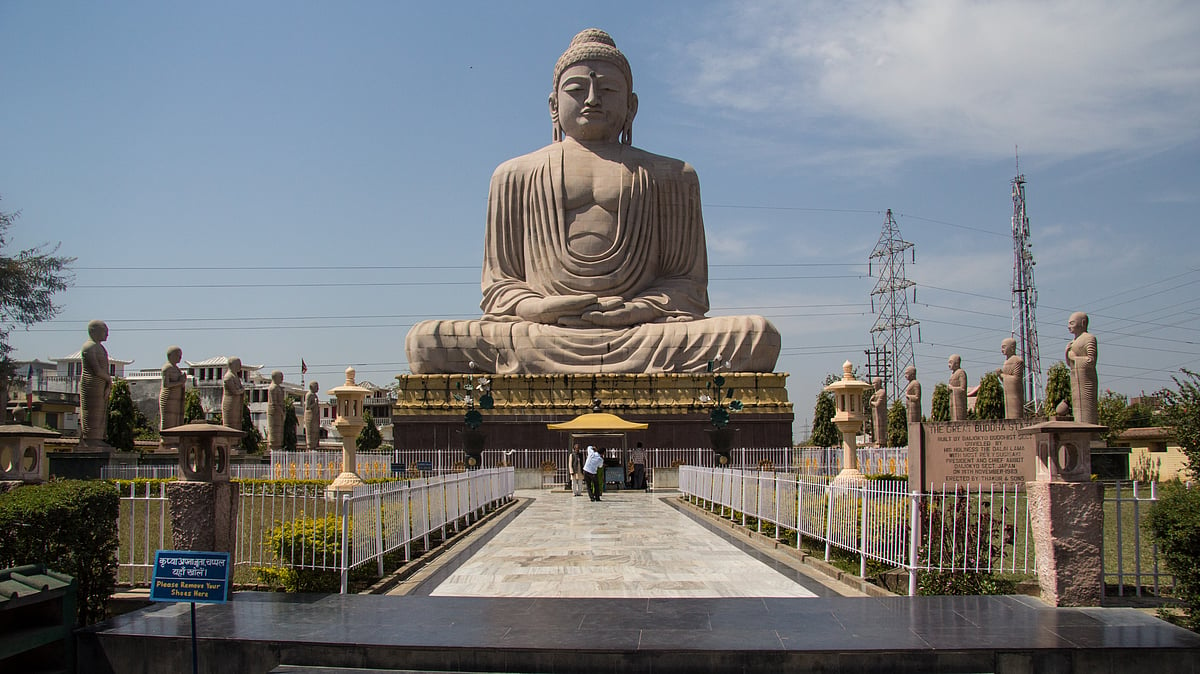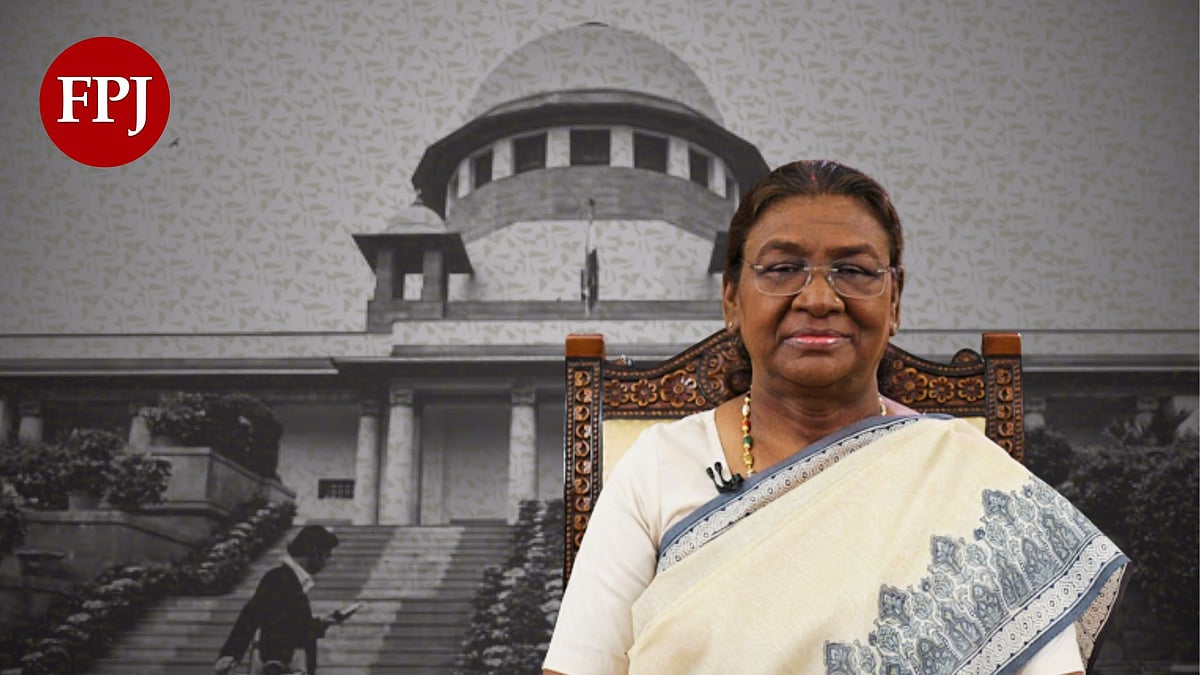While the India-ASEAN trade review chugs along, and negotiators circle the text, the terrain is shifting. Buddhism is now not only integral to the Modi government’s cultural diplomacy with the ASEAN, but Indian states are stepping up with quiet, practical initiatives. Bihar and Uttar Pradesh are writing their own ASEAN chapters—one charter flight, one festival, and one chanting ceremony at a time.
From December 2 to 13, 2025, Bodh Gaya in Bihar, where the Buddha attained enlightenment under the Bodhi Tree, will host more than 20,000 monks, nuns, and lay devotees from Thailand, Cambodia, Vietnam, Sri Lanka, and beyond for the International Tipitaka Chanting Ceremony. The Tipitaka refers to the core Buddhist scriptures (Three Baskets). In a recent post on X, the Bihar Foundation’s Bangkok Chapter announced it had hosted the Food & Spirituality Show, 2025, to deepen cultural and tourism ties with Thailand, and launched a familiarisation trip for leading Thai travel operators to Bodh Gaya, Vaishali, and Rajgir, while showcasing Chhath Puja and Bihar School of Yoga. A new charter flight will soon link Phnom Penh with Bodh Gayā.
These are small, practical connections, but they matter.
India, the land of Buddha’s life and teachings, holds Bodhgaya, Sarnath, Kushinagar, Rajgir, Nalanda, and the UNESCO-listed Mahabodhi Temple. Recent efforts—the touring of Buddhist sacred relics to Thailand, Kushinagar’s new airport, the Buddhist Circuit Train, and Nalanda’s revival—signal intent. Yet, the paradox endures: arrivals from Buddhist-majority nations remain negligible, just 0.005% of global adherents, notes the NITI Aayog—a startling figure for the land of the Buddha. The NITI Aayog report titled Promoting Spiritual Tourism in the Land of Buddha (2022) explains why the infrastructure is inadequate; tourist facilities are thin; multilingual guides are scarce; online marketing is weak; museums display relics but offer little interpretation; authentic arts and crafts shops are hard to find; tourist information centres are poorly managed; and road and rail connectivity is arduous, time-consuming, and sometimes unsafe.
The report also points out that India’s neighbours, including China, have taken several steps to promote Buddhist tourism in the recent past. Today, there may be a slight uptick in the number of visitors, but Southeast Asia, backed by solid infrastructure and temples woven into life, still draws the crowds.
In much of Asia, devotion thrives when paired with infrastructure, interpretation, and enjoyment. International tourists, especially Buddhists from Southeast Asia, view spiritual tourism as a mix of faith, culture, and recreation. India, typically, treats pilgrims, including the Buddhist traveller, as solemn ascetics. Traditional Buddhist pilgrimage sites in India have historically focused more on austerity and spiritual ambiance.
Refreshingly, there is a glimmer of recognition that pleasure is as critical as piety in promoting the Buddhist circuit. A KPMG Report (2024)—Sacred Journeys: Pilgrimage and Spiritual Tourism in India—suggests integrating spiritual tourism with adventure and wellness tourism to attract a broader audience and support the holistic development of destinations.
It boils down to basic differences. In places like Thailand or Cambodia, Buddhist temples are often integrated into bustling urban tourist districts; the boundary between sacred and secular is less rigid. Bangkok’s Wat Pho (Temple of the Reclining Buddha) is near the Grand Palace and Chao Phraya River, a short walk from Khao San Road, famous for its backpacker vibes and nightlife. The city’s famous Wat Arun has its own elaborately shaped ice cream with coconut milk and butterfly pea flower, inspired by the temple's blue ceramic tiles and flower patterns of the pagoda. A tour guide to Chiang Rai’s Wat Rong Seur Ten, popularly known as the Blue Temple, insisted that I do not miss the temple's colourful coconut ice cream with butterfly pea juice. It was all blue, like the temple!
In India, temples and pilgrimage sites are expected to maintain a zone of sanctity, free from nightlife and overtly commercial entertainment. This fundamental difference partly explains why India struggles to convert its Buddhist heritage into mass tourism appeal—the experience is profound but not always “fun” in the way Southeast Asian destinations market it.
Is there a middle path for India—keeping reverence intact while adding the gentle “fun factor” Southeast Asian visitors expect? Museums must narrate, not merely display, with immersive interpretation and professional guides who can animate history in multiple languages. On the ground, small upgrades matter: signages at important monuments, edicts, and places of worship (in the Buddhist Circuit) in Mandarin, Cantonese, Japanese, Thai, Khmer, Vietnamese, and Korean; clean amenities; ATMs; borrowed sarongs at temple gates; and cafés just outside sacred precincts, serving local and international cuisines. Bodh Gaya offers some of these. But not all Buddhist sites. Luxury trains with night halts, extensions to yoga retreats, and Ayurvedic spas will attract more Southeast Asians. The Niti Aayog report suggests linking Bodhgaya to Tagore’s Shantiniketan and Kolkata with their cultural and community connections.
At the end of the day, trade agreements smooth the highways of commerce, but tourism and people-to-people ties fill them with traffic. This year’s International Tipitaka Chanting will once again proclaim India as the Motherland of Buddha Dhamma. The new charters, the familiarisation trips, and the quiet state-level initiatives signal something hopeful.
India’s Look East and Act East policies set the compass. Buddhist diplomacy provides direction on the ground. If India can bridge the “missing middle”—connectivity, interpretation, and ease—future dialogues may flow more smoothly. To draw more ASEAN visitors, India’s Buddhist diplomacy must blend reverence with joy.
Patralekha Chatterjee is a writer and columnist who spends her time in South and Southeast Asia and looks at modern-day connects between the two adjacent regions. X: @Patralekha2011
